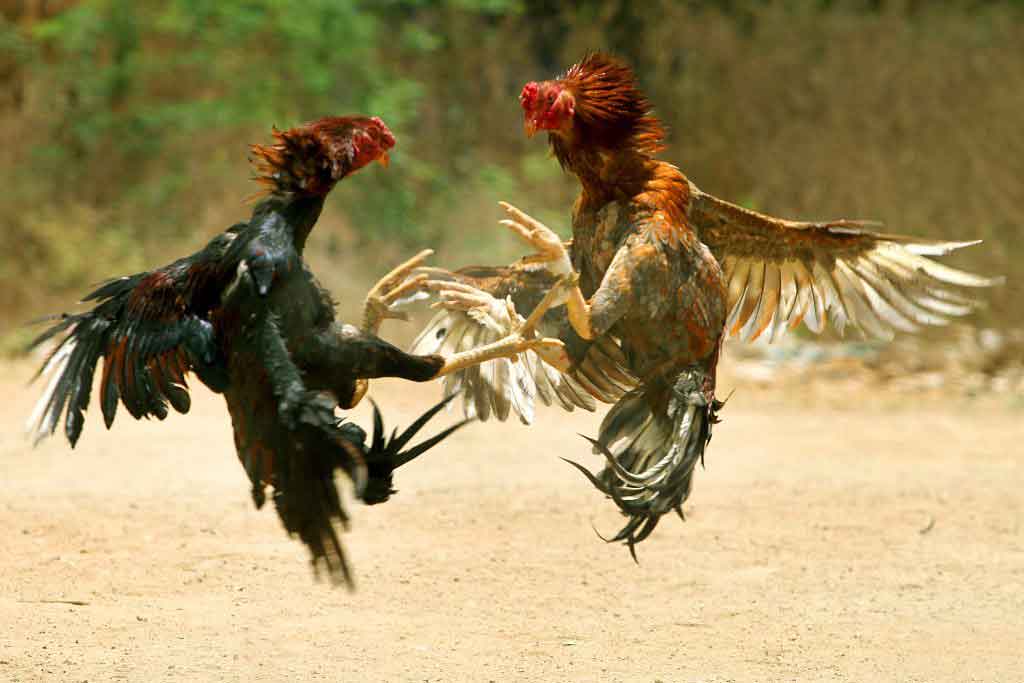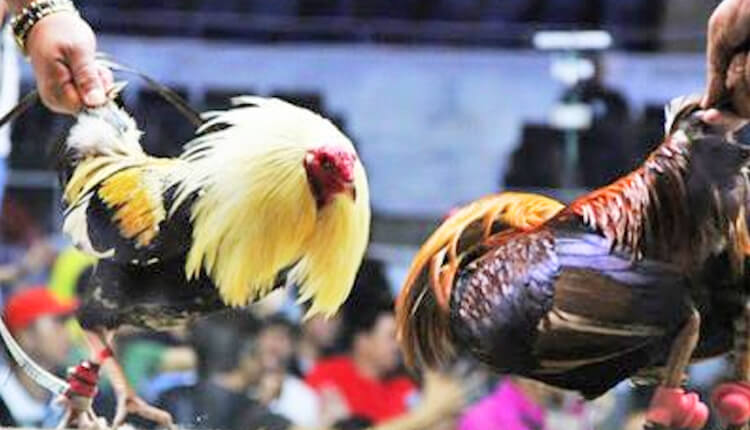Lessons Learned from a Sabong Grandmaster: Building a Winning Mindset
Tricks of the Sabong Grandmaster: Understanding the Art of Cockfighting
The complex globe of cockfighting, specifically as practiced by the Sabong Grandmaster, provides an interesting study in the convergence of pet actions, training methodologies, and competitive method. To truly understand the nuances of this art type, one need to discover how the Grandmaster harmonizes the mental and physical elements of fowl training while browsing the moral factors to consider inherent in this typical method.
History of Cockfighting

As the centuries progressed, cockfighting spread throughout different continents, adjusting to social dynamics and neighborhood custom-mades. In medieval Europe, it got popularity amongst the nobility, who concerned it as a display of riches and status. By the 17th century, the sporting activity had actually established itself in England, leading to the formation of defined guidelines and laws.
In the Americas, especially in the Caribbean and the Philippines, cockfighting took on special characteristics affected by colonial backgrounds and indigenous methods. Today, while the sporting activity remains questionable and encounters legal difficulties in several regions, its historical relevance continues to stimulate conversations concerning animal legal rights, social heritage, and social worths. The evolution of cockfighting shows more comprehensive themes of human interaction with nature and the complexities of practice.
Recognizing Rooster Behavior
Recognizing fowl actions is essential for those involved in the sporting activity of cockfighting, as it straight affects health and wellness, training, and efficiency. Fowls exhibit a series of habits that can show their physical and emotional states. Especially, aggressiveness, territoriality, and social hierarchy play significant roles in their behavior.
Hostility is a natural impulse in roosters, mainly driven by the need to assert dominance. Observing interactions amongst fowls can expose their chain of command, which is important for managing their environment. A confident fowl presents a much more assertive pose, while a submissive one may reveal indicators of anxiety or concern, such as crouching or preventing eye contact.

Training Strategies for Champions
Efficient training strategies are important for creating champion fowls that excel in the competitive sector of cockfighting. A systematic technique ensures that each bird reaches its complete possibility, combining physical fitness with mental fortitude.
To start, developing a consistent training program is essential - Sabong Grandmaster. This consists of day-to-day exercises that enhance stamina, dexterity, and endurance. Routines may include regulated competing sessions with both fabricated and real-time opponents to imitate competition, allowing roosters to refine their combating skills in a safe atmosphere
Integrating dexterity drills, such as this page barrier courses and jumping exercises, substantially boosts a fowl's physical capacities. Additionally, introducing varied surfaces and terrains can enhance their versatility during fights.
Psychological training must not be forgotten. Acquainting the birds with the audios and views of an affordable environment can reduce stress and anxiety on fight day. Furthermore, positive reinforcement techniques, such as rewarding desirable actions, can infuse self-confidence in the fowls.
Finally, preserving a calmness and assertive presence during training sessions cultivates trust fund in between the fowl and the trainer, necessary for accomplishing ideal performance. With each other, these methods develop an extensive training regimen that grows champions ready to master the sector.
Wellness and Nourishment Essentials

Including a mix of barley, corn, and wheat provides necessary carbohydrates, while protein sources such as fish meal, soybean meal, or bugs sustain muscular tissue growth and recuperation. In addition, incorporating fresh fruits and vegetables can enhance the overall nutritional profile, offering antioxidants that boost the immune system.
Hydration is equally important. Access to clean, fresh water should be a priority, as dehydration can seriously impact performance (Sabong Grandmaster). Normal wellness exams are essential to monitor for any possible ailments or bloodsuckers that might jeopardize a rooster's problem
In addition, the timing of feed is essential. Giving nutrients at proper intervals ensures site here that fowls preserve energy levels throughout their training and recuperation phases. By focusing on these wellness and nourishment essentials, sabong lovers can help their roosters achieve optimum performance in the affordable sector.
Methods for Successful Matches
Success in cockfighting joints on a combination of tactical prep work and in-ring strategies. Effective match approaches begin long prior to the fight, with cautious selection of the rooster. Dog breeders need to focus on genetic qualities such as strength, aggression, and stamina, making sure that the selected bird shows a strong lineage of performance.
Training is essential; fowls ought to be conditioned via a regimen that consists of workout, sparring with various other birds, and exposure to different settings. This preparation not just constructs strength however additionally enhances the bird's flexibility to various opponents.
Throughout the suit, a handler should utilize eager observation and quick decision-making. Identifying the challenger's strategies enables prompt adjustments, such as moving the fowl's position or urging much more hostile behavior. When to urge or limit the bird can imply the difference between success and loss., timing is essential; recognizing.
Lastly, maintaining a calm behavior throughout suits promotes self-confidence in the fowl. A well balanced technique, incorporating both physical and psychological readiness, inevitably brings about effective end results in the sector, showing that proficiency in cockfighting is as much regarding method as it has to do with the birds themselves.
Final Thought
The mastery of cockfighting, as exemplified by the Sabong Grandmaster, hinges on a comprehensive understanding of rooster actions, reliable training strategies, and optimum health and wellness and nutrition. By integrating traditional experiment modern-day techniques, champs are cultivated, showcasing extraordinary strength, dexterity, and strength. Strategic insights during suits better improve the probability of success. Ultimately, the secrets of the Sabong Grandmaster hinge on the harmonious balance of these components, making sure the continued legacy of this old sport.
To genuinely understand the subtleties of this art form, one have to discover how the Grandmaster integrates the physical and mental aspects of fowl training while navigating the moral considerations inherent in this standard practice.Comprehending fowl habits is essential for those included in the sporting activity of cockfighting, as it directly affects health, performance, and training.Maintaining optimal health and wellness and nourishment is vital for making sure that roosters reach peak efficiency in the cockfighting sector. Providing nutrients at ideal intervals guarantees that fowls keep power levels throughout their training and recovery phases.The proficiency of cockfighting, as exhibited by the Sabong Grandmaster, hinges on a thorough understanding of rooster behavior, efficient training methods, and optimum wellness and nutrition.